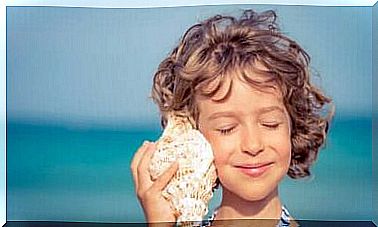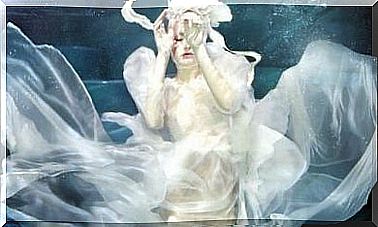What Is Jerome Bruner’s Spiral Learning Plan?

Jerome Bruner’s spiral learning plan is a methodology that is addressed in the Singaporean mathematics method. The goal is to help students progressively deepen their knowledge. But how can this be achieved?
The Singaporean mathematics method is a methodology designed by the Singapore Education Authority. It helps students learn math without the need to memorize anything. It focuses on why and how with the intention that the answers help to improve the knowledge and thus the memory process.
This is therefore a method that has a lot to do with Jerome Bruner’s spiral learning plan. This person was a psychologist who made important contributions in the fields of learning and learning.

Jerome Bruner’s spiral learning plan
Jerome Bruner’s spiral learning plan responds to learning in a way that allows the student to go from general knowledge to specialized knowledge. He achieves this through continuous learning, as this prevents the concepts from being easily forgotten.
To do this, his learning plan begins with a few simple concepts. These become more complicated as students develop in their learning. They can do this because the learning plan adapts to the opportunities that the students have. This allows everyone to understand a topic better.
For the curriculum to work, however, it is important that students continuously have a review of the same general theme. What’s the point of this? As they return to a more specialized part of the subject, they will be able to perform various analyzes and representations of what they have previously analyzed.
Bruner wanted to use this curriculum to improve students’ curiosity, so that they could find inspiration to expand their knowledge and return to what they already know with a new perspective.
Mistakes and dead ends
Jerome Bruner did not worry about mistakes. In fact, he felt that they were good for students’ learning. Both mistakes and dead ends are therefore seen as something positive in Jerome Bruner’s spiral learning plan.
It does not matter what it takes to learn a subject. For Bruner, it is the interest that arises when the student learns that is the most important.
Mistakes should not be something that makes the student feel embarrassed, but should be a way to reorient hypotheses and continue with the exploration. It is therefore a different way of teaching knowledge to students. But it gives very positive results.

Example of Jerome Bruner’s spiral learning plan
As you have now learned more about the spiral learning plan, we have a short example of how learning works. It starts with a very simple goal for younger children, such as recognizing and classifying animals.
They must start by classifying the animals and analyzing similarities and differences. Then they get to know each animal’s environment and the individual behaviors. Finally, they also get to study their anatomy and physiology.
This is very simple. As the habits develop, you will turn to the concepts that you have already learned so that the students can relate the new knowledge to what they have learned before. They will therefore really be able to understand what they are studying and feel a greater curiosity to learn more.
Jerome Bruner’s spiral learning plan allows you to work in a way where the student learns to think for themselves, draw conclusions and repair mistakes. It is a method that encourages research, understanding and where you do not just focus on memorizing concepts just to pass a test. So do you think it would be possible to implement this curriculum in the current education model?








